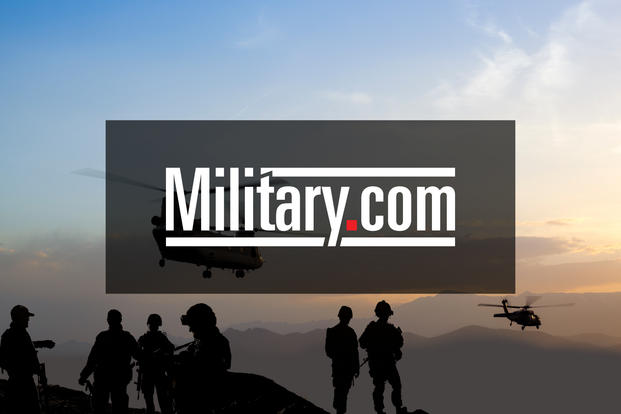When U.S. Pacific Command announced April 8 that the Carl Vinson carrier strike group was canceling a planned port visit in Australia in order to return to the Western Pacific amid rising tensions with North Korea, the White House was quick to hype the move.
"We're sending an armada -- very powerful," President Donald Trump told Fox News in an April 11 interview.
But when Defense News pointed out nearly a week later that the carrier had sailed south instead of north and remained 3,500 miles away, an uproar ensued, with abundant accusations that the U.S. had made an empty military threat.
In a hearing before the House Armed Services Committee on Wednesday, Adm. Harry Harris, the four-star commander of U.S. Pacific Command, took full responsibility for the flap and said poor communication was to blame.
"That's my fault on the confusion; I'll take the hit for it," he said. "I made the decision to pull the Carl Vinson out of Singapore, truncate the exercise that it was going to do south of Singapore, cancel its port visit to Australia and proceed north. Where I failed was to communicate that adequately to the press and the media. That is all on me."
The Vinson is now completing maritime exercises with Japan in the Philippine Sea, east of Okinawa, Harris said. The location, he added, puts the ship "in striking range, in power projection range" of North Korea if called upon.
Although rumors had swirled that the United States might take pre-emptive military action to derail planned North Korean missile tests, Harris downplayed the possibility of a crippling strike. While all options remain on the table for dealing with the rogue regime, he said, the goal is "to bring [dictator] Kim Jong-Un to his senses, not his knees."
Harris also pushed back on a statement from California Democrat Rep. Salud Carbajal that the White House and military leadership were out of synch and appeared to lack a coherent strategy to deal with North Korea, causing some of the public confusion.
"When dealing with an unpredictable regime, empty rhetoric can be dangerous," Carbajal said.
Harris said he believes that Trump does have a strategy, and his job as combatant commander is to provide military options to resource it. He added, later in the hearing, that the way for the United States to increase stability in the Western Pacific is to bring a credible show of military strength and solidarity with regional allies, including South Korea and Japan. To that end, he said, the Ohio-class nuclear submarine Michigan is now making a port visit in Busan, South Korea.
"It will be there for a few days and leave port and be operating in the area," he said. "This is a show of solidarity with our South Korean allies and a flexible deterrent, show of force to North Korea, should they consider using force against South Korea."
And only days ago, he said, an Air Force B-52 had flown across the Sea of Japan with a Japanese escort on one side and a handoff to South Korean forces as the aircraft neared the Korean Peninsula.
"This is a pretty complicated operation," Harris said. "And it demonstrated to our allies and friends and also to Kim Jong-Un that we had this capability and we can bring these forces to bear all around the Pacific to focus on him if need be."
-- Hope Hodge Seck can be reached at hope.seck@military.com. Follow her on Twitter at@HopeSeck.
Related Video:
Newly hosted by Benari Poulten, a Master Sergeant in the U.S. Army Reserve and veteran of Operation Iraqi Freedom and Operation Enduring Freedom. In this episode, we reveal five intriguing facts about U.S. aircraft carriers.



























